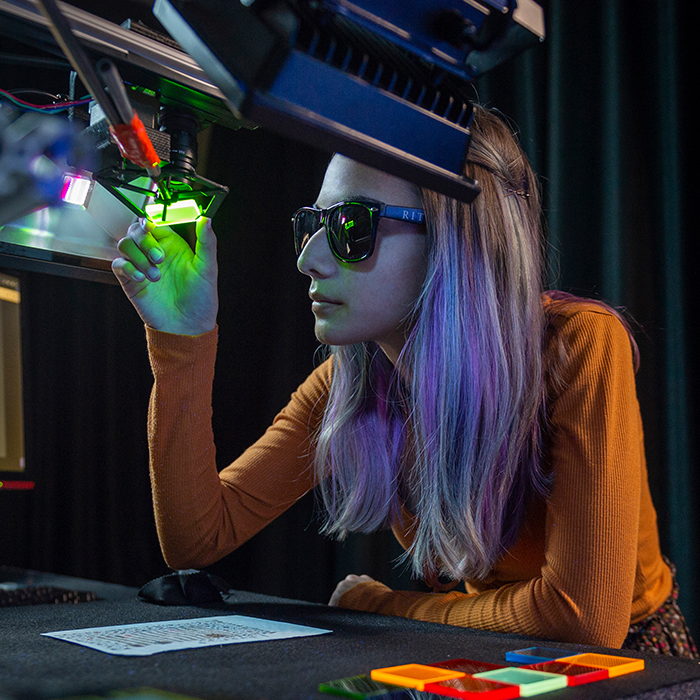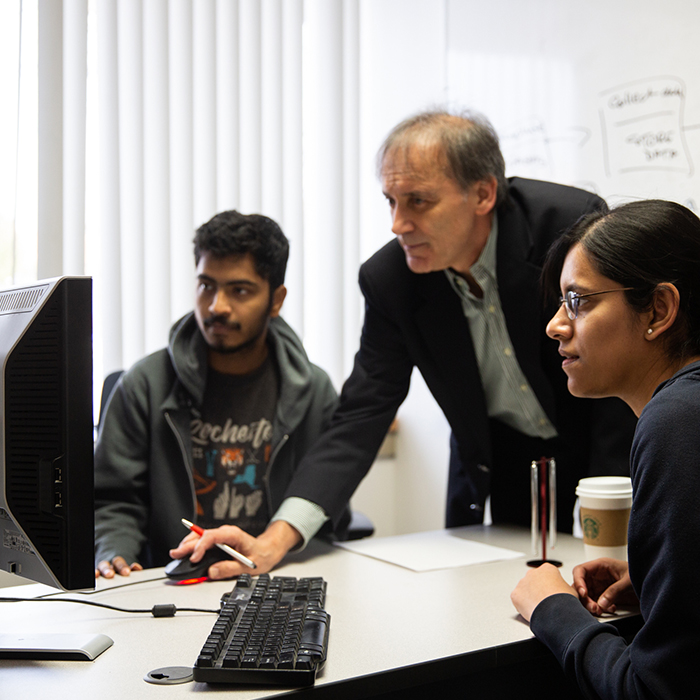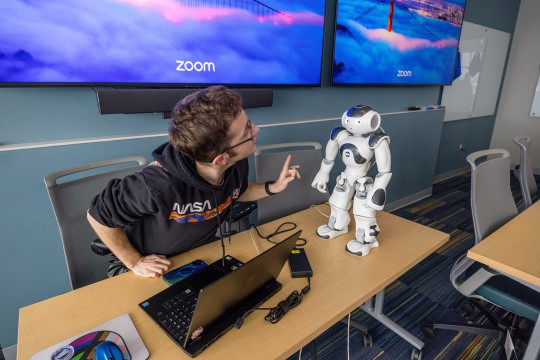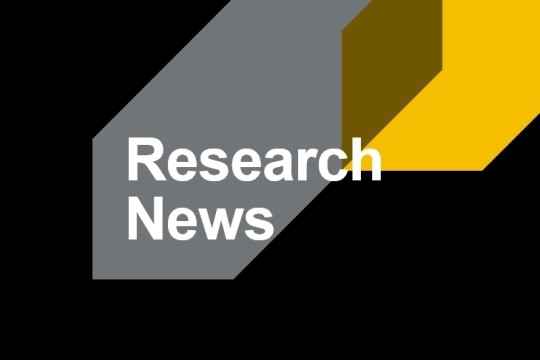Research at the College of Science
RIT's state-of-the-art equipment and cross-disciplinary research teams provide unique opportunities for undergraduate and graduate students and faculty.
100+
Publications Submitted by Faculty Annually
63%
Publications Submitted by Faculty Include Student Contributions
$38M
Research Awards for the College of Science in Last 3 Years





















